Which subatomic particle contributes to the positive charge of an atom?
A. Proton
B. Neutron
C. Electron
D. Nucleon
For those aiming to excel in their ATI TEAS test and secure admission into their desired nursing program, ExamGates offers an invaluable resource. Our platform features practice questions meticulously crafted by tutors who have previously aced the exam themselves. With ExamGates, you can access content that is 100% relevant to the test, accompanied by vivid images and illustrations. Additionally, our platform provides comprehensive explanations for both correct and incorrect answers, empowering you to fully grasp the material and optimize your study efforts. Take the first step towards your nursing aspirations with ExamGates today.
Protons contribute to the positive charge of an atom.
Protons are subatomic particles with a positive charge found in the nucleus of an atom.
 |
Choice B is incorrect because neutrons are neutral and do not have a charge. Choice C is incorrect because electrons have a negative charge.
Choice D is incorrect because nucleons refer to both protons and neutrons, but only protons contribute to the positive charge of an atom.
Therefore, the Correct Answer is A.
More Questions on TEAS 7 Science Test 4
Question 1:
Which gland, located in the mediastinum, plays a key role in the development and maturation of T-lymphocytes?
A. Thymus
B. Parathyroid
C. Adrenal
D. Pituitary
The Correct Answer is A.The correct answer is choice A. Thymus.
The thymus is a primary lymphoid organ located in the mediastinum.
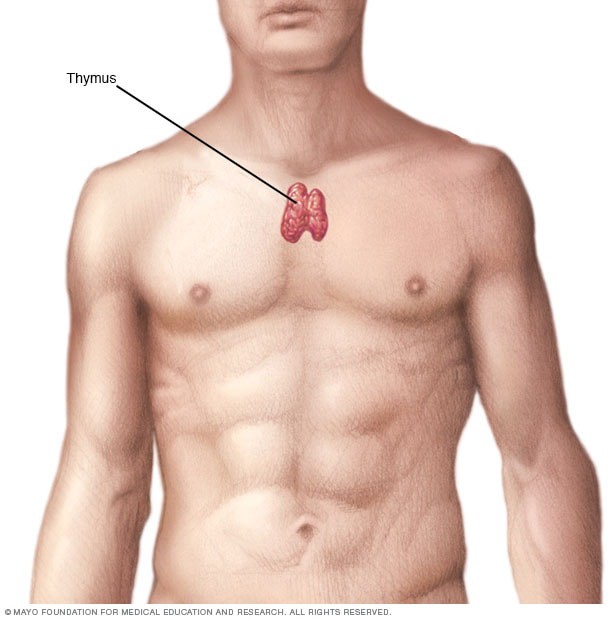 |
It plays a key role in the maturation and differentiation of T-lymphocytes.
Choice B.
Parathyroid is incorrect because the parathyroid glands are small endocrine glands located in the neck that produce parathyroid hormone, which regulates calcium levels in the blood.
Choice C.
Adrenal is incorrect because the adrenal glands are endocrine glands located above the kidneys that produce hormones such as cortisol and adrenaline.
Choice D.
Pituitary is incorrect because the pituitary gland is an endocrine gland located at the base of the brain that produces hormones that regulate growth, metabolism, and reproductive functions.
Question 2:
Which of the following hormones is responsible for regulating the body's metabolism and energy levels?
A. Estrogen
B. Progestin
C. Thyroxine
D. Androgen
The Correct Answer is C.The correct answer is choice C. Thyroxine.
Thyroxine (T4) is a hormone produced by the thyroid gland that controls your body’s metabolism, the process in which your body transforms the food you eat into energy.
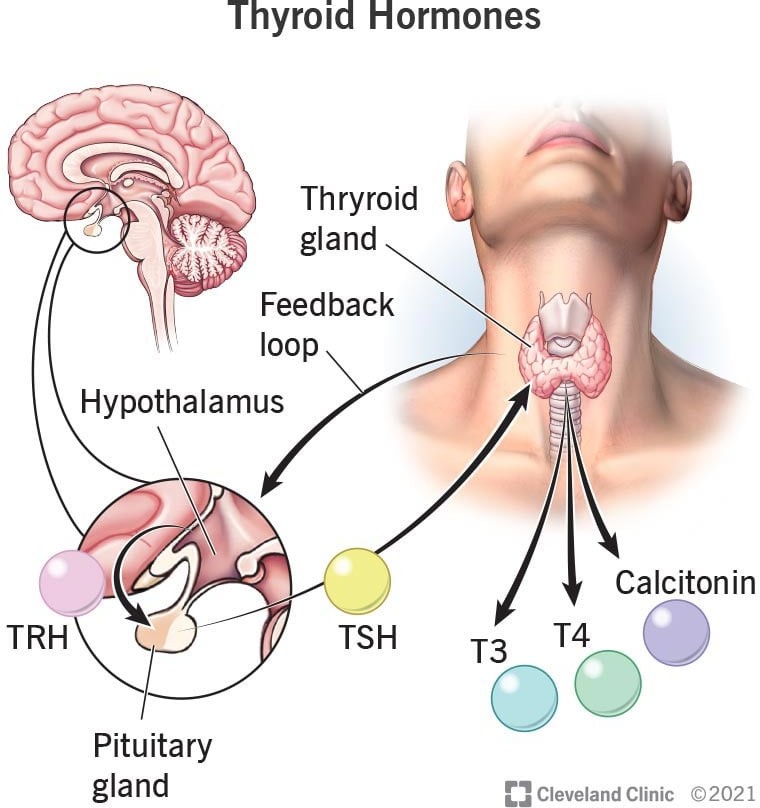
Choice A, Estrogen, is not the correct answer because it is a hormone responsible for the development of female secondary sexual characteristics.
Choice B, Progestin, is not the correct answer because it is a synthetic form of progesterone used in hormonal birth control and hormone replacement therapy.
Choice D, Androgen, is not the correct answer because it is a hormone responsible for the development of male secondary sexual characteristics.
Question 3:
Which of the following is a potential complication of carbon monoxide poisoning?
A. Conversion to carbon monoxide.
B. Formation of carboxyhemoglobin.
C. Increased production of red blood cells.
D. Decreased pulmonary function.
The Correct Answer is B.Formation of carboxyhemoglobin.
Carbon monoxide binds to the hemoglobin to create a molecule called carboxyhemoglobin (COHb), which interferes with the body’s ability to transport and use oxygen, especially in the brain.
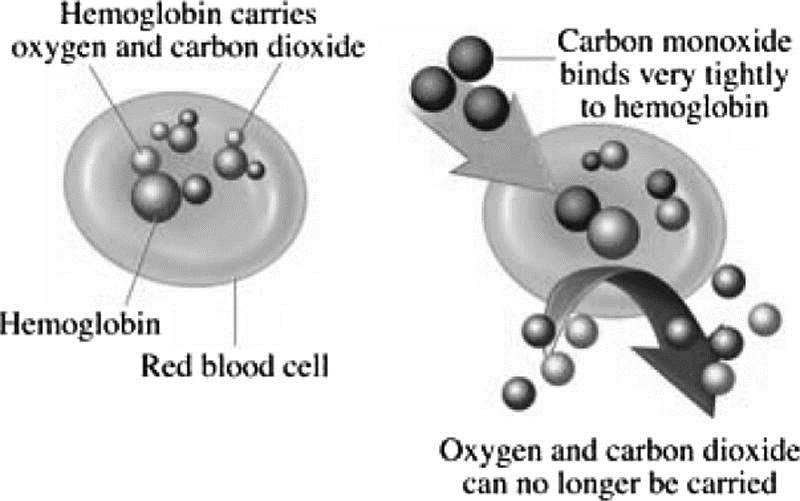 |
Choice A is incorrect because carbon monoxide poisoning occurs when carbon monoxide builds up in your bloodstream.
Choice C is incorrect because carbon monoxide poisoning does not increase the production of red blood cells.
Choice D is incorrect because decreased pulmonary function is not a potential complication of carbon monoxide poisoning.
Question 4:
Which of the following refers to a condition in which a patient experiences difficulty breathing while lying down, but their breathing improves when they sit up or stand?
A. Orthopnea
B. Hypoxia
C. Tachypnea
D. Bradypnea
The Correct Answer is A.The correct answer is choice A. Orthopnea.
Orthopnea refers to a condition in which a patient experiences difficulty breathing while lying down, but their breathing improves when they sit up or stand.
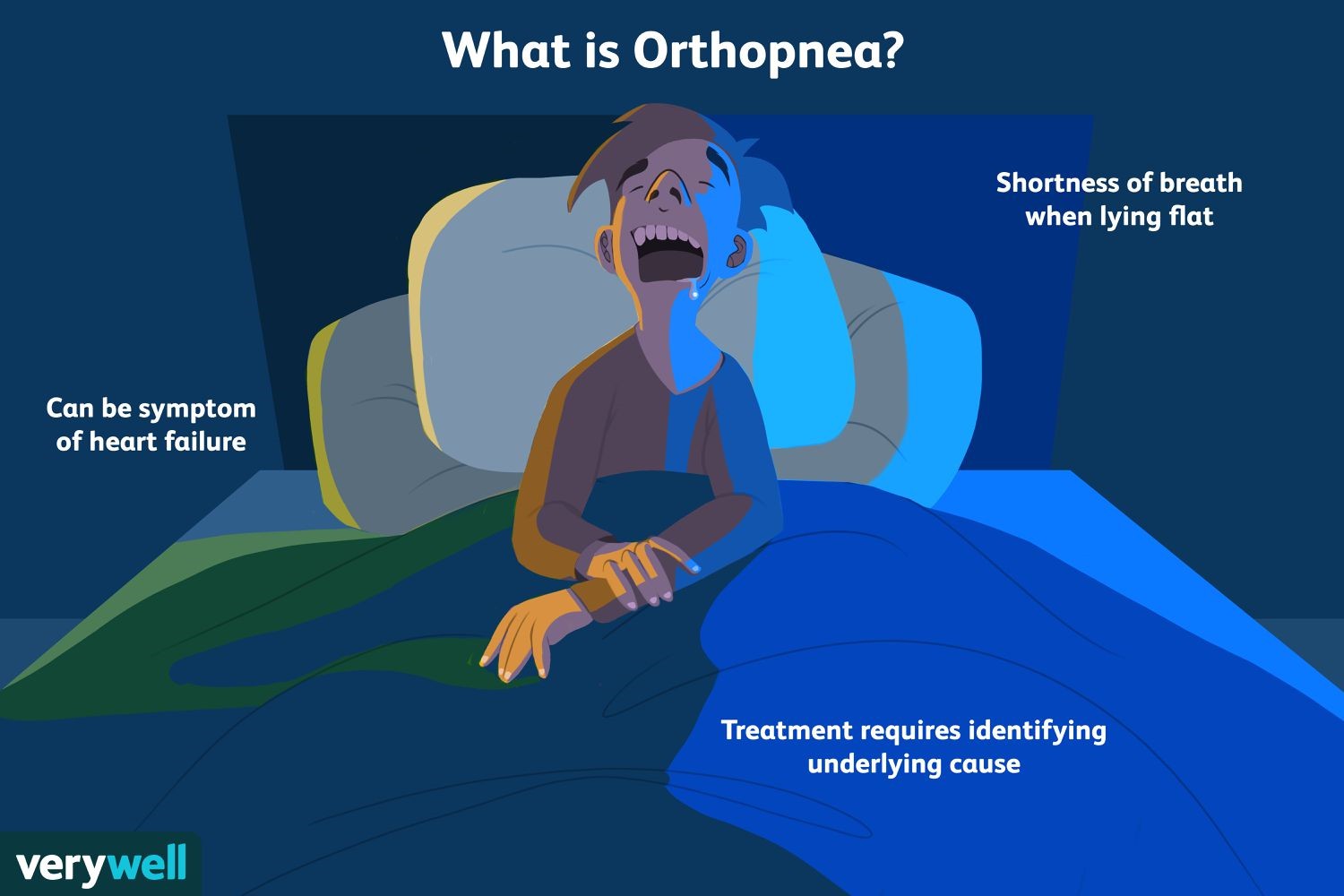 |
Choice B, Hypoxia, is not the correct answer because it refers to a condition in which there is a lack of oxygen supply to the body’s tissues.
Choice C, Tachypnea, is not the correct answer because it refers to rapid breathing.
Choice D, Bradypnea, is not the correct answer because it refers to abnormally slow breathing.
Question 5:
Which type of bond is responsible for the unique properties of water and plays a crucial role in the structure of DNA and proteins?
A. Hydrogen bonds.
B. Covalent bonds.
C. Ionic bonds.
D. Van der Waals forces.
The Correct Answer is A.The correct answer is choice A. Hydrogen bonds.
Hydrogen bonds are responsible for the unique properties of water and play a crucial role in the structure of DNA and proteins.
Hydrogen bonds are weak electrostatic attractions between a hydrogen atom covalently bonded to an electronegative atom and another electronegative atom.
Choice B.
Covalent bonds is incorrect because covalent bonds are strong chemical bonds formed by the sharing of electrons between two atoms.
Choice C.
Ionic bonds is incorrect because ionic bonds are chemical bonds formed by the transfer of electrons from one atom to another, resulting in the formation of ions.
Choice D.
Van der Waals forces is incorrect because Van der Waals forces are weak intermolecular forces that arise from temporary dipoles induced in atoms or molecules.
Question 6:
Which of the following organelles is responsible for modifying, sorting and packaging proteins and lipids?
A. Golgi apparatus
B. Mitochondria
C. Ribosomes
D. Endoplasmic reticulum
The Correct Answer is A.The correct answer is choice A. Golgi apparatus.
The Golgi apparatus is a membrane-bound organelle that is responsible for transporting, modifying, and packaging proteins and lipids into vesicles for delivery to targeted destinations.
Choice B is incorrect because mitochondria are responsible for energy production.
Choice C is incorrect because ribosomes are responsible for protein production.
Choice D is incorrect because the endoplasmic reticulum is responsible for lipid production and protein production, but not for modifying, sorting and packaging proteins and lipids.
Question 7:
Why is water sometimes called the "universal solvent"?.
A. Because water dissolves all solutes equally well.
B. Because water is a nonpolar solvent.
C. Because water is good at dissolving ions and polar molecules.
D. Because water is poor at dissolving nonpolar molecules.
The Correct Answer is C.Water is sometimes called the “universal solvent” because it dissolves more substances than any other liquid.
This is due to its polarity and ability to form hydrogen bonds, which allows it to dissolve ions and polar molecules.
Choice A) Because water dissolves all solutes equally well is incorrect because water does not dissolve all solutes equally well.
Choice B) Because water is a nonpolar solvent is incorrect because water is a polar solvent.
Choice D) Because water is poor at dissolving nonpolar molecules is incorrect because it does not explain why water is called the “universal solvent”.
Question 8:
What is the relationship between atomic mass and mass number?
A. They are the same.
B. Atomic mass is always greater than mass number.
C. Atomic mass and mass number are not related.
D. Atomic mass is very close to mass number but with some deviation in the decimal places.
The Correct Answer is D.Atomic mass is very close to mass number but with some deviation in the decimal places.
Atomic mass is also known as atomic weight and is the weighted average mass of an atom of an element based on the relative natural abundance of that element’s isotopes.
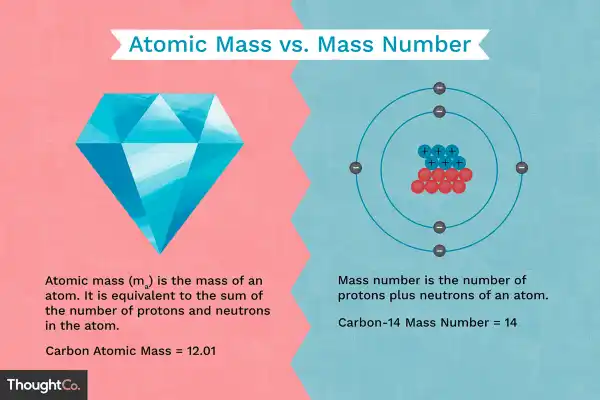 |
The mass number, on the other hand, is a count of the total number of protons and neutrons in an atom’s nucleus.
Choice A is incorrect because atomic mass and mass number do not mean the same thing.
Choice B is incorrect because atomic mass is not always greater than mass number.
Choice C is incorrect because atomic mass and mass number are related.
Question 9:
A patient with chronic renal failure is undergoing hemodialysis.
What process allows for the removal of waste products and excess fluid from the patient's bloodstream during hemodialysis?
A. Active transport.
B. Osmosis
C. Diffusion
D. Facilitated diffusion.
The Correct Answer is C.Diffusion.
During hemodialysis, waste products and excess fluids are removed from the blood by diffusion 1.
Diffusion is a separation process in which particles that are dissolved in a solution are relocated from an area of higher concentration in the blood to an area of lower concentration in the dialysate.
Choice A.
Active transport is incorrect because active transport is a process that uses energy to move molecules against a concentration gradient.
Choice B.
Osmosis is incorrect because osmosis is the movement of water molecules across a semipermeable membrane from an area of higher water concentration to an area of lower water concentration.
Choice D.
Facilitated diffusion is incorrect because facilitated diffusion is a process where molecules move down their concentration gradient with the help of carrier proteins.
Question 10:
Which process involves the fusion of male and female gametes resulting in the formation of a zygote?
A. Oogenesis.
B. Fertilization.
C. Meiosis.
D. Mitosis.
The Correct Answer is B.Fertilization.
Fertilization is the process by which male and female gametes fuse to form a zygote.
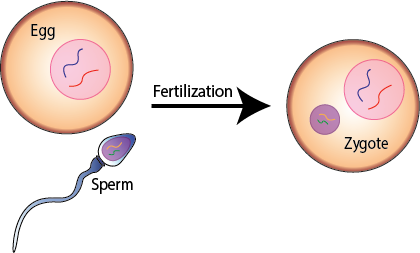 |
Oogenesis (choice A) is the process by which female gametes, or eggs, are produced.
Meiosis (choice C) is a type of cell division that results in the formation of gametes.
Mitosis (choice D) is a type of cell division that results in the formation of two identical daughter cells.